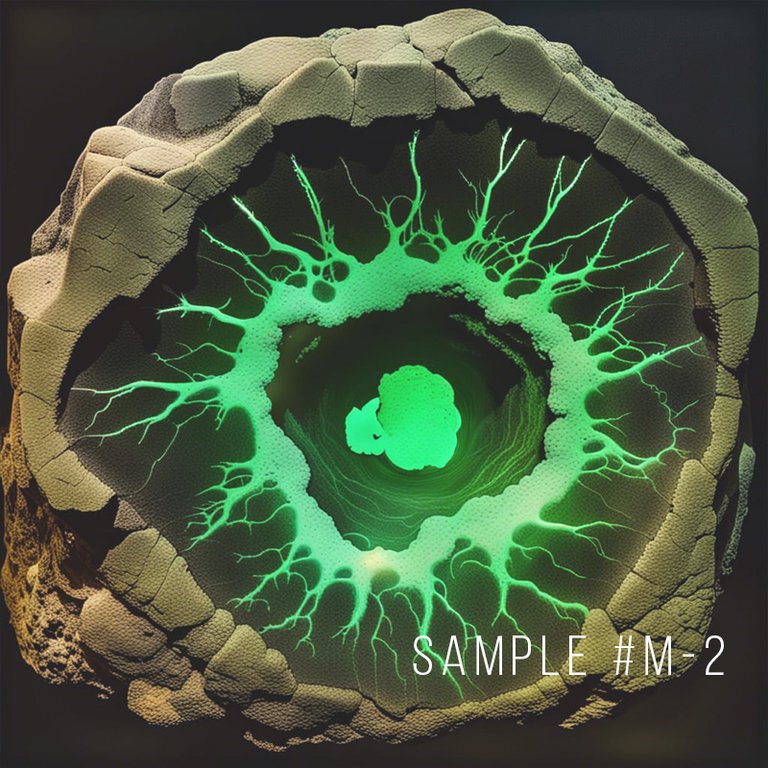
Macroevolution, a scientific term coined to represent evolutionary changes above the species level, has traditionally been a slow and gradual process. However, the appearance of a cosmic anomaly, commonly referred to as "The Tear", has prompted scientists to reevaluate this conventional understanding. The Anomaly, which materialized just beyond the edge of our solar system on July 16, 1945, has been linked to rapid macroevolutionary changes, unlike anything previously observed.
German Geneticist: Richard Goldschmidt
Richard Goldschmidt, a prominent German geneticist, was among the first to suggest that macroevolution could occur through significant mutational changes, a theory that was largely ridiculed during his time. Known for his "Hopeful Monster" hypothesis, Goldschmidt proposed that new species could originate from large-scale genetic changes, also known as macromutations.
Goldschmidt's research gained new relevance with the emergence of The Tear, prompting a reevaluation of his theories in light of the rapid and unprecedented evolutionary changes observed in its aftermath. He stated, The Anomaly presents us with a unique opportunity to reassess our understanding of the universe, evolution, and our place within it."
The Impact of The Tear
The Tear's presence in our solar system had catastrophic effects on Earth, causing global tragedies and resulting in the loss of over 700 million lives. However, its most puzzling effect has been the warping of material reality, leading to the emergence of terrifying creatures unknown to science.
These creatures, exhibiting characteristics and anatomical structures far beyond known biological norms, seemed to validate Goldschmidt's theory of rapid macroevolution. Their existence suggested that The Tear was somehow accelerating the process of evolution, causing drastic genetic changes over a short period of time.
Scientific consensus attributes some of these rapid changes to an as-of-yet undetectable form of radiation emanating from green crystalline metals found within meteorites that originate from The Tear's sphere of influence.
Case Studies: Rapid Mutations
Among the most striking instances of rapid mutation following The Tear's appearance were those observed in mushrooms, dogs, and moss. These mutations were so significant that scientists had to establish new taxonomic classifications to accommodate them.
Mushroom Mutations: Mycelium luminosus
The Mycelium luminosus, or "Glowing Webcap", is a mushroom species that underwent a drastic transformation. This species developed bioluminescent properties, with the ability to emit a piercing, almost neon, green light. Additionally, the Glowing Webcap developed a unique chemical compound within its cap, which has been found to have potent antimicrobial properties.
"Feral Desert Dogs: Canis veneniferi The Canis veneniferi
Known as the "Tendril Dogs," epitomize a remarkable instance of macroevolution among desert-dwelling canids. This canine pack has undergone mutations resulting in the development of extra appendages resembling tendrils, which serve a dual purpose: feeding and delivering venom. These tendrils, covered in a toxic fur, enable the Tendril Dogs to capture prey and inject venom for subduing their quarry. Researchers are currently delving into the multifaceted functions of these newfound adaptations within the Tendril Dogs' biology."
Moss Mutations: Bryophyta crystallum
The Bryophyta crystallum, or "Crystal Moss", is a unique moss species that developed crystalline structures within its cells. These structures, which emit a faint, musical hum when exposed to sunlight, are believed to aid in photosynthesis, allowing the Crystal Moss to survive in low-light conditions.
The Implications of Rapid Macroevolution
These instances of rapid macroevolution challenge traditional evolutionary theories. While Darwin's theory of evolution by natural selection remains valid, it appears to represent only one mechanism by which biological change can occur. Goldschmidt's theory of macroevolution, once considered controversial, now stands alongside Darwin's as a plausible explanation for the rapid changes observed following The Tear's appearance.
However, the challenge now faced by the scientific community is to understand and control these rapid macroevolutionary processes. The survival of the human race may depend on our ability to prevent or manage these sudden, sometimes violent mutations.
Further Research
The rapid macroevolutionary changes induced by The Tear present a wealth of research opportunities. Future studies must focus on understanding the mechanisms underlying these changes, identifying the factors that influence their occurrence, and developing strategies to manage or prevent them. This will not only deepen our understanding of macroevolution but also equip us to better navigate the challenges posed by The Tear and its aftermath.
THE TEAR SOCIAL:
LINKTREE
WEBSITE
ODYSEE/LBRY
TWITTER

CREATOR: @theothercola
PHIL ABATECOLA'S PERSONAL SITE
